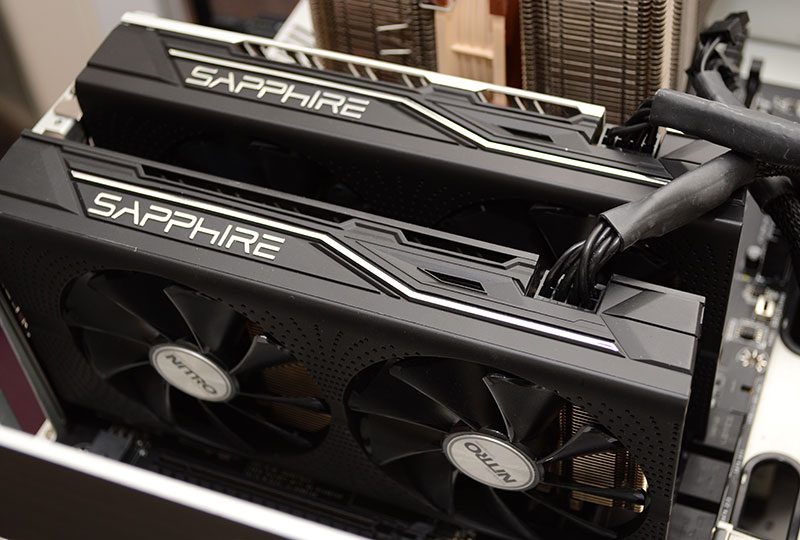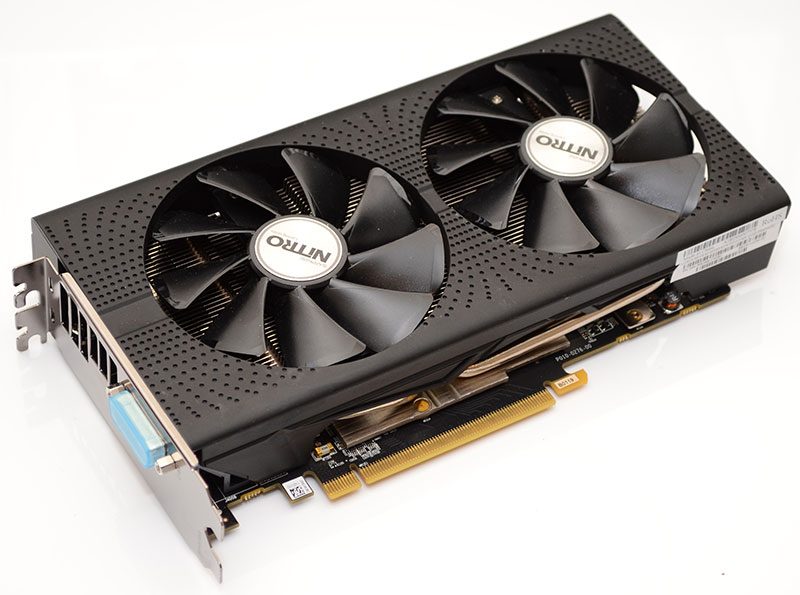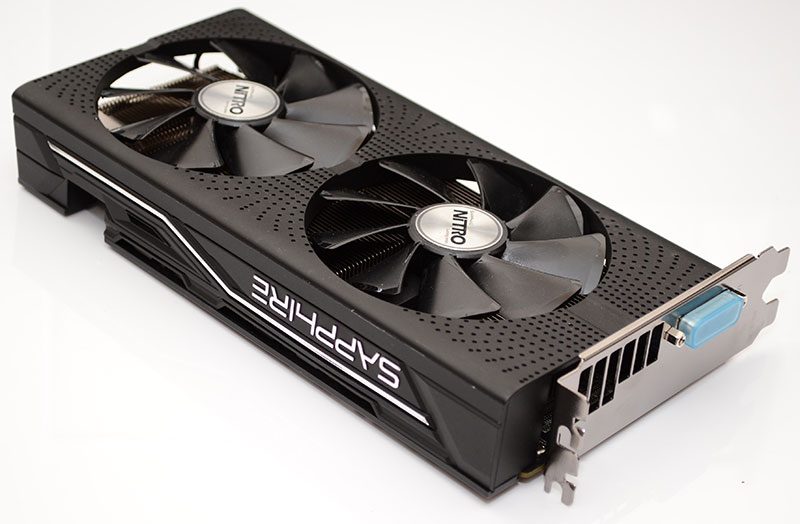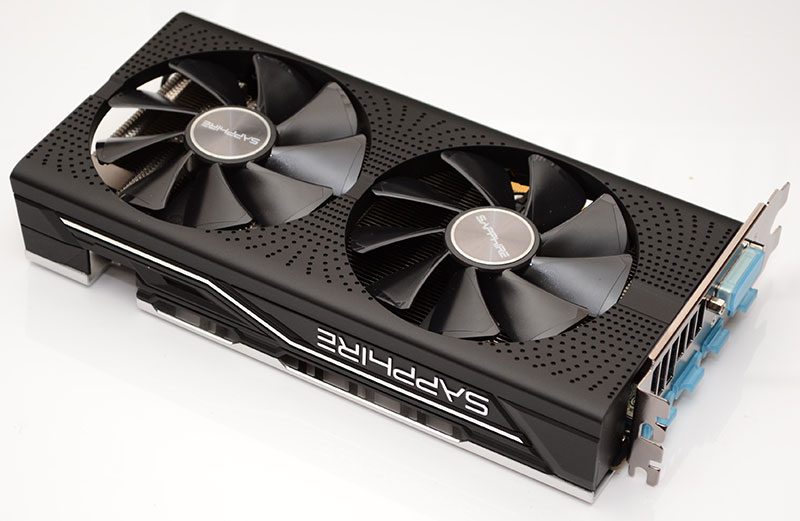Sapphire RX470 & RX580 Crypto Mining – A Beginners Guide
Peter Donnell / 7 years ago

Crypto Mining With Sapphire AMD GPUs
The cryptocurrency market has had its ups and its downs. Sure, it’s mostly had some terrifying downs recently, but such are the risks of ever-changing markets that are still in their infancy. Love it or hate it though, crypto is here to stay, and with that comes mining.

Gamers Vs Mining
I’m sure there are gamers out there that are nothing short of angry about it. However, the side effects are most likely short term, as the market develops and trends change. I can’t comment on behalf of those who purchased 1000+ GPUs for their own use. However, just because you’re rocking an older GPU such as the RX4xx and 5xx series from AMD, doesn’t mean you can’t dip your toe into the market and have some fun.

If you bought your GPU to play games, that’s awesome; I did the same thing. However, can you still mine with it? Is it worth the hassle? That’s what we aim to find out today, using two cards kindly provided to us by Sapphire.
Sapphire RX470 and RX580
We have one of their RX470 dedicated mining cards, not a typical consumer bit of kit, as it comes with 8GB of high-speed memory, four switchable BIOS and no video output ports. However, I also have their consumer favourite, the RX 580 Pulse, which is a card I’m sure many of our readers are using or at least using something similar. We heard these cards are popular for mining and are pretty comparable to rival offerings such as the Nvidia GTX 1060 3GB both regarding cost and mining capabilities. So with two Sapphire cards in my armoury are AMD cards still worth mining with?

This isn’t a super test of every card on the market. It is more of a little user-friendly experiment to show you what you can do to have some mining fun, even on more affordable hardware. That is, affordable compared to some of the more extreme prices right now, but let’s hope that improves in the coming months, which I suspect it will.

Get Ready!
Setting up your mining cards is just like setting up a card for gaming. Install it in the system, add the power cables, download the drivers and you’re good to go. However, running a GPU at 100% load for extended periods of time means a lot of heat. To combat this, open-air test benches, or more directly focused fans toward the GPU(s), are highly recommended. If nothing else, keeping the cards cool will help reduce noise too.




















